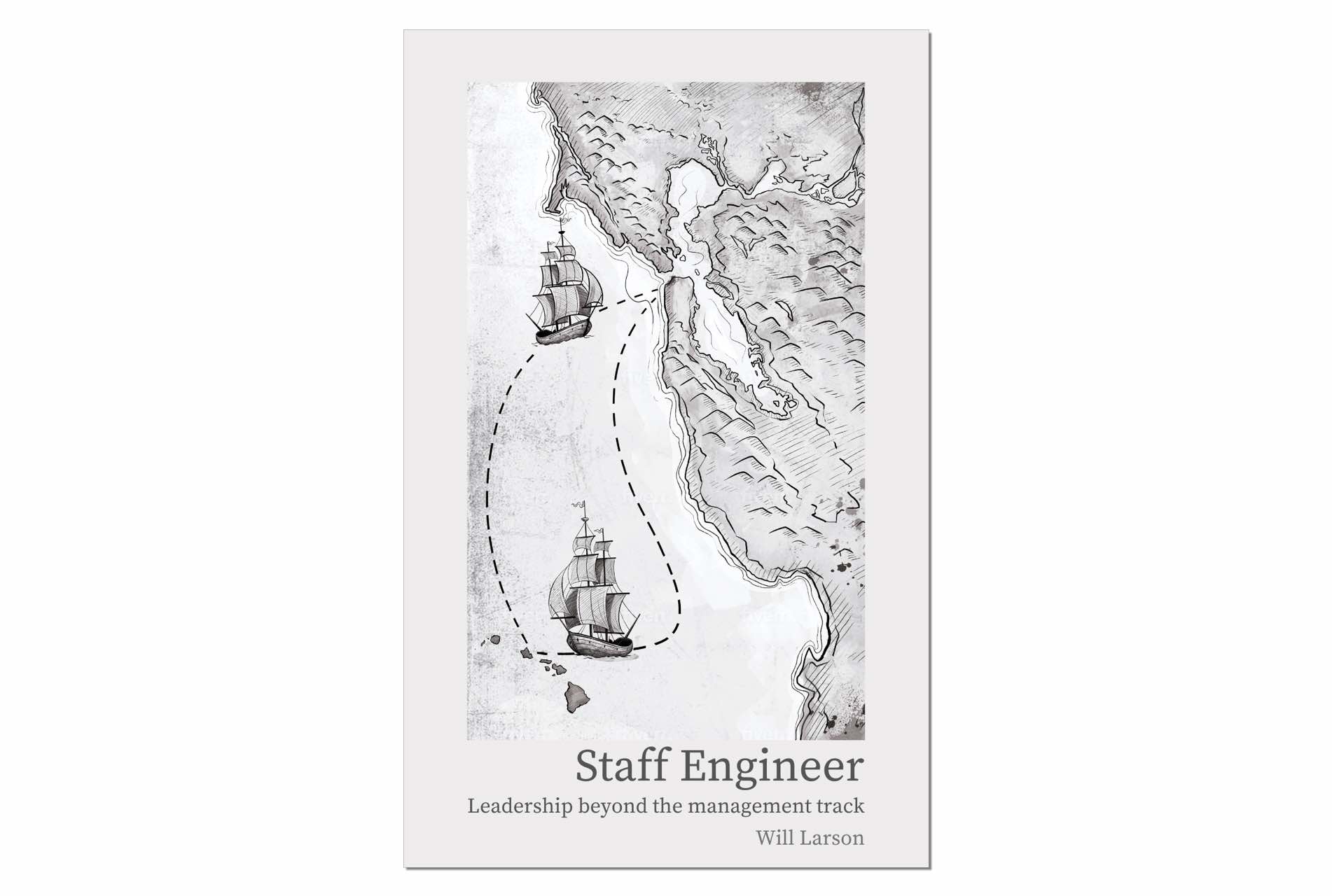Operating at Staff
One of the best pieces of advice that someone gave me, and that I make sure to pass on to other staff engineers, is that there’s a misconception that you become a Staff engineer and then you’ll be in control of the work you do, and everyone will listen to you and do what you want them to do. That’s absolutely the opposite of what happens! - Katie Sylor-Miller
Many engineers become focused on the Staff-plus career path because the engineering manager path has too many meetings or requires too much collaboration with other coworkers, and yikes, are you going to be surprised if you begin a Staff-plus with that mindset. Although Staff engineer roles are generally positioned as the sequential step beyond Senior engineer, it’s genuinely a different role, and you’ll increasingly spend your time doing sorts of work that you previously did infrequently or not-at-all.
There is a significant learning curve in Staff-plus roles that initially trip most folks up. Part of the challenge is that much of the work you’re doing has a much slower feedback cycle. The delayed feedback can initially feel quite demoralizing as you replace the visceral coding REPL with the uneven progress of mentorship, relationship building, and strategy.
This chapter is about overcoming that learning curve, learning to operate as a Staff engineer, and finding the parts of the role which are personally fulfilling and organizationally transformative.
Topics
In the interviews for this book, as well as my own experience leading and coaching Staff-plus engineers, a handful of topics kept coming up as keystones of personal development. They aren’t everything you’ll do in the role, but they are the places where you’re most likely to have an outsized impact or accidentally commit a career-limiting move.
- Work on what matters to make the most of the working hours you have, particularly as you get further along in your career and life’s commitments expand.
- Write an engineering strategy to guide your organization’s approach to supporting your company’s business objectives with its architecture, technology selection, and organizational structure.
- Curate technical quality to maintain the quality of your company’s architecture and software as it grows and tacks over time.
- Stay aligned with authority to remain an effective leader over time. Technical leadership roles rely on proxied authority from another (usually, managerial) leader, and continued access to that authority depends on staying aligned, trustworthy, and predictable.
- To lead, you have to follow. Having a vivid sense of how things ought to work is a powerful leadership tool, but it’s also essential to learn to blend your vision with the visions from your peers and leadership.
- Learn to never be wrong. Shift away from being right and towards understanding and communication. Stop spending your social capital repairing relationships frayed by conflict, and learn to collaborate with folks with different priorities and perspectives. This also comes with the added benefit of fewer folks complaining about you to your manager.
- Create space for others so that your team grows stronger than your contribution.
- Build a network of peers to vet difficult decisions and to give you honest feedback when your role’s authority starts to temper feedback.
An astute reader will notice two critical themes discussed in What do Staff engineers actually do? are missing from this topic list: the first is “mentorship and sponsorship,” and the second is “being glue.” Both concepts are essential to the success of Staff-plus engineers, but ultimately, I think the canonical pieces on these topics already exist, and you’re better served by reading those than my watery rehash. For mentorship and sponsorship, spend some time with Lara Hogan’s What Does Sponsorship Look Like?, and for being glue, spend time with Tanya Reilly’s piece that bore the phrase, Being Glue.
As you deliberately practice in each of these areas, you’ll slowly progress from a newly minted Staff engineer to a trusted organizational leader. That said, these won’t cover everything you do. At times you’ll find your role surprisingly similar to that of an engineering director, and at other times strangely familiar to previous work in your career.
That vast remit is part of what makes describing these roles challenging. If there’s a particular topic you’re focused on that’s missing, check out the Additional resources for learning appendix.
Next chapter: Work on what matters
Previous chapter: Does the title even matter?
Book
If you've enjoyed reading the stories and guides on staffeng.com, you might also enjoy Staff Engineer: Leadership beyond the management track, which features many of these guides and stories.
